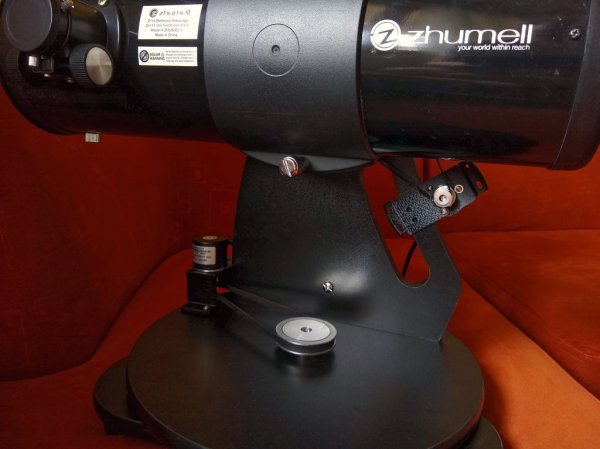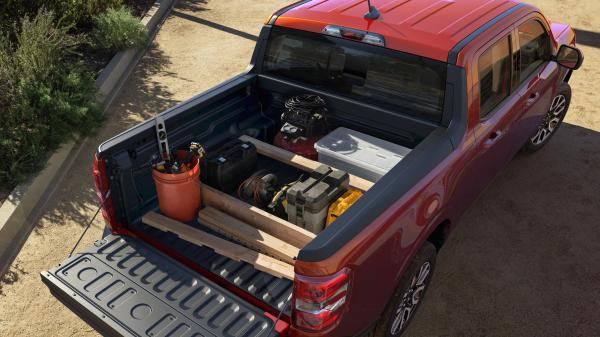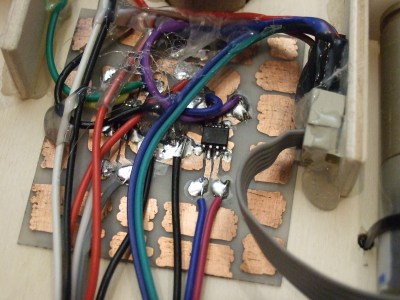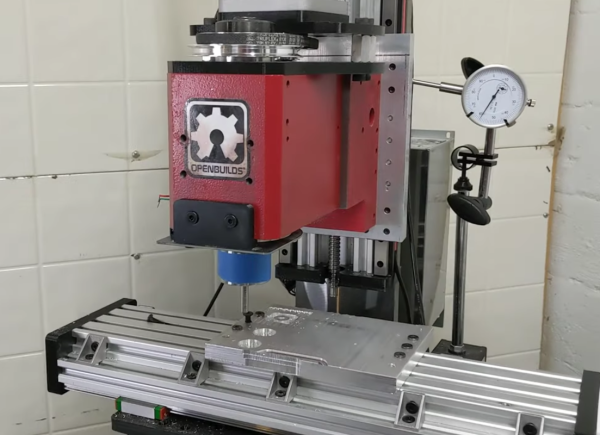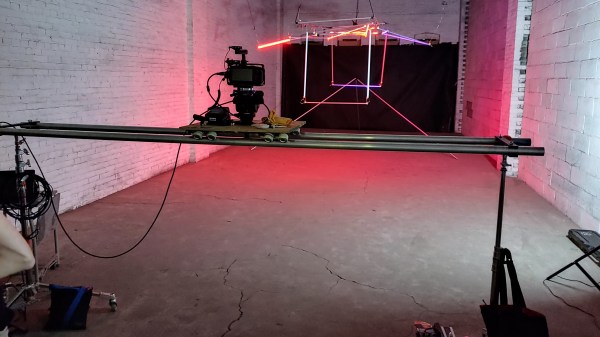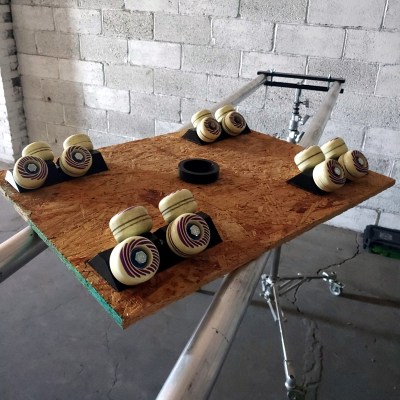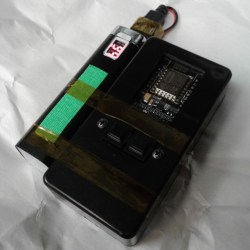An obvious problem with the use of a telescope is getting the former to point at the proper part of the sky which you intend to observe, or vice versa when you spot something interesting and wish to record the exact location. While all of this can be done manually with some trouble, there’s a lot to be said for automating this process. Unfortunately these Digital Setting Circles (DSC) features are not cheap even as add-on, which is why [Vladimir Atehortúa] created DobsonianDSC as a low-cost DIY solution.
As the name suggests, this project is based around a Dobsonian-style telescope: Newtonian tube with simple altazimuth base. Aside from the mechanical construction, this system uses an ESP32 as its controller along with two rotary encoders, with the simple circuit detailed in a build guide. The firmware for the ESP32 is written in the Arduino C dialect, and a guide for flashing the ESP32 with the Arduino IDE and connecting it to the WLAN is provided as well.
After setup, the resulting telescope system can be used either via WiFi or Bluetooth from existing apps such as SkySafari that support the ‘Basic Encoding System’. An initial calibration is required, but after that you should have a telescope that works in concert with SkySafari or similar to automate this tedious part of astronomy away.
Obviously this is not a ready-to-install system, as every telescope is shaped and sized differently, but inspiration for mounting solutions is provided as well.

